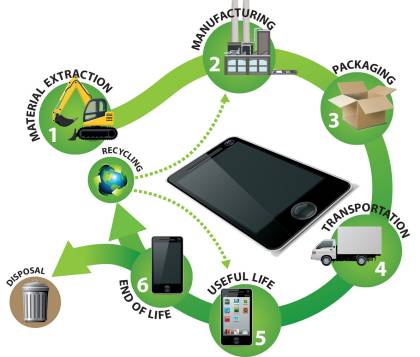Unlocking Order: Sundries Storage Secrets

In our fast-paced lives, we often accumulate a variety of miscellaneous items, commonly referred to as sundries. From stationery to household tools, these sundries can quickly clutter our living spaces if not properly organized. Developing effective sundries storage skills is essential for maintaining an orderly and visually appealing environment. In this article, we will explore various tips and techniques to help you master the art of sundries storage.
- Categorization:
The first step in efficient sundries storage is categorization. Take inventory of your miscellaneous items and group them into categories based on their functionality or usage 雜物收納. For example, create categories such as office supplies, home tools, personal accessories, and so on. This initial sorting process lays the foundation for a systematic storage solution.
- Decluttering:
Once you’ve categorized your sundries, it’s time to declutter. Assess each category and identify items that are no longer needed or have outlived their usefulness. Dispose of or donate these items, creating more space for the essentials. Decluttering is crucial for maintaining an organized storage system and preventing unnecessary accumulation of items.
- Storage Containers:
Invest in storage containers that suit the size and nature of your sundries. Transparent containers are particularly useful as they allow you to easily identify the contents without having to open each box. Consider using stackable containers to maximize vertical space and keep your storage area neat and compact.
- Labeling:
Labeling is a simple yet effective way to enhance your sundries storage skills. Clearly label each storage container with the corresponding category or contents. This not only helps you quickly locate items but also ensures that you return them to their designated places after use, maintaining the organization over time.
- Utilize Vertical Space:
Make the most of your available space by utilizing vertical storage options. Install shelves, hooks, or pegboards on walls to store sundries such as bags, hats, or tools. This not only frees up floor space but also adds a decorative element to your living or working area.
- Rotation System:
Implement a rotation system for items with expiration dates, such as batteries or certain types of food. This ensures that you use items before they expire and prevents the accumulation of outdated or potentially harmful sundries.
- Regular Maintenance:
Developing good sundries storage skills requires consistent effort. Set aside time for regular maintenance sessions to reassess your storage system, declutter, and reorganize as needed. This proactive approach will help you stay on top of your sundries storage and maintain a clutter-free space in the long run.
Conclusion:
Mastering sundries storage skills is a valuable aspect of maintaining an organized and efficient living or working space. By incorporating categorization, decluttering, appropriate storage solutions, labeling, and regular maintenance into your routine, you can create a system that not only keeps your sundries in order but also enhances the overall aesthetics and functionality of your environment.








